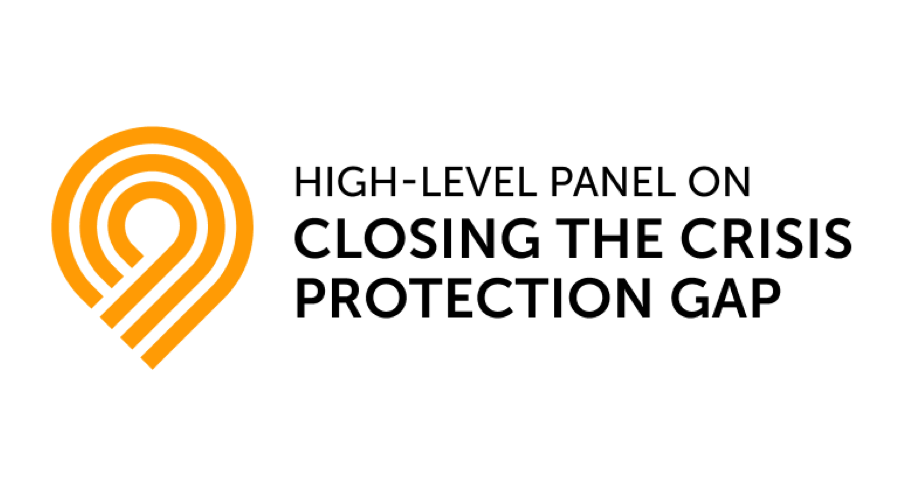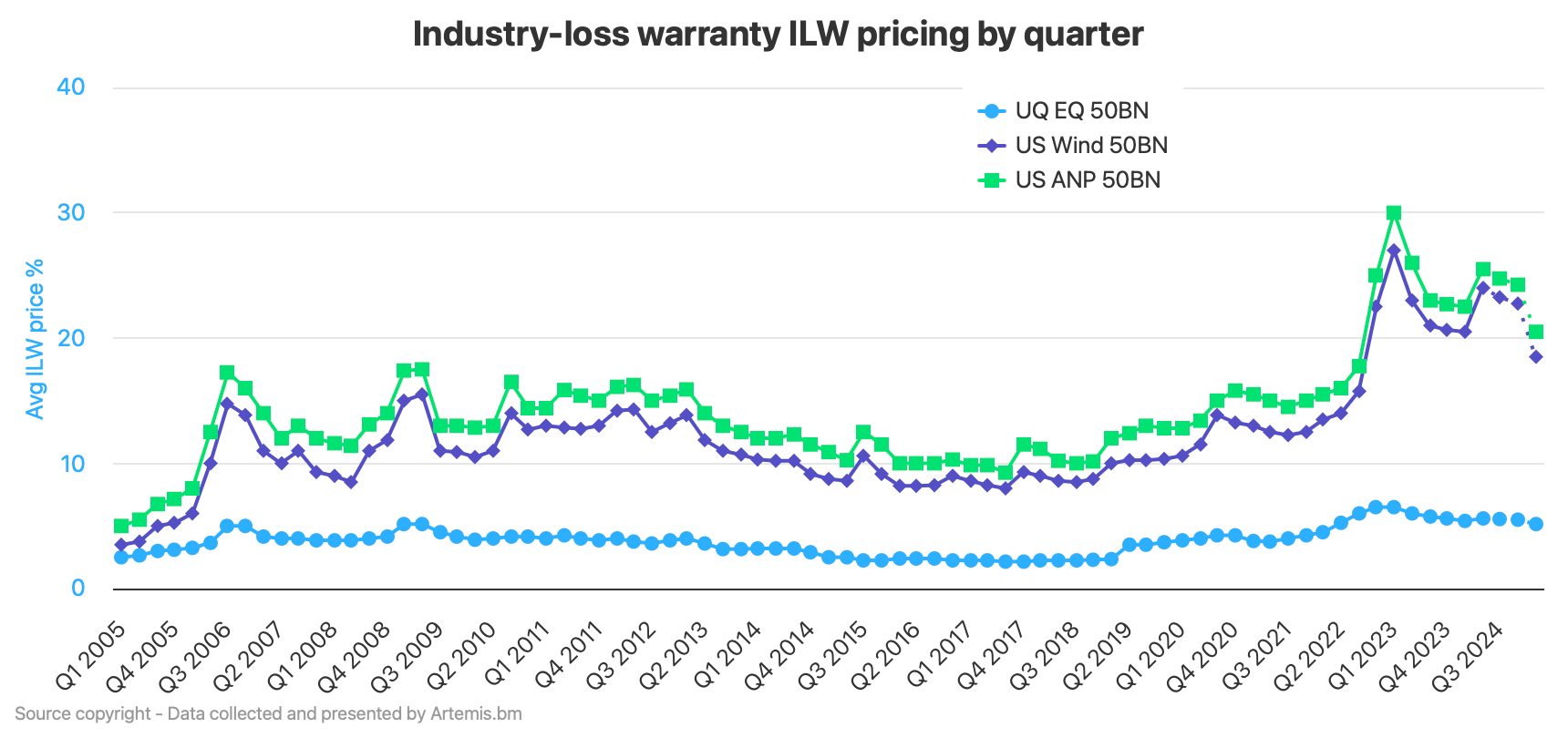
This content is copyright to www.artemis.bm and should not appear anywhere else, or an infringement has occurred.
With a widening crisis protection gap evident around the world there is a need for a transformational expansion in the use of insurance and reinsurance mechanisms to transfer risks to the capital markets, according to a report from the High-Level Panel on Closing the Crisis Protection Gap.
 The report calls for a tenfold increase in the proportion of international crisis finance that is pre-arranged by 2035.
The report calls for a tenfold increase in the proportion of international crisis finance that is pre-arranged by 2035.
Here, insurance and risk transfer are called out as examples of pre-arranged crisis financing that can serve to transfer financial risks away from public balance sheets, into the private and capital markets.
“In a world where risks can be modelled with ever greater precision, we should not wait to react until a crisis occurs,” explained Co-Chair of the High-Level Panel Sir Mark Lowcock, a former United Nations Under-Secretary-General for Humanitarian Affairs and Emergency Relief Coordinator. “Nor can millions of people in vulnerable communities be left dependent on underfunded, ad hoc financial appeals where more effective financing instruments exist.”
Out of the $76 billion spent on crisis finance in 2022, below 2% of this was prearranged, according to research by the Centre for Disaster Protection, while just 1.4% of that reached low-income countries.
Highlighting the scale of the gap that requires financing, the report explains that annual global economic losses from unmitigated climate change are projected to range between $7 trillion and $38 trillion by 2050.
As a result, “The High-Level Panel is calling for a transformation in the level of effort dedicated to transferring risks from public balance sheets to capital markets.”
“With human and economic costs already mounting, the world cannot afford to continue treating crises as unexpected surprises,” said Arunma Oteh, Co-Chair of the High-Level Panel and a former World Bank Vice President and Treasurer. “This is not just about the quantity but also the quality of finance which is being provided. Reactive funding is too slow, too costly, and leaves the world needlessly exposed. Prearranged finance must become the default for all predictable and modellable crises, not the exception.”
The High-Level Panel explains that it is, “unequivocal that all forms of insurance are central to this transformation.
“With projected crisis costs projected even conservatively in the trillions annually by 2050, capital markets hold relatively untapped potential for securing essential public assets like roads, hospitals, and power grids, and for transferring enormous financial risks away from public balance sheets.”
Adding that, “The High-Level Panel considers options for pre-arranged financing to be becoming more feasible and applicable due to recent technical advances in financial technology, risk transfer instruments, and risk modelling, but their use is not yet growing commensurately.”
The evolution of the insurance and reinsurance industry, including the development of insurance-linked securities (ILS) instruments such as catastrophe bonds, are seen as key for delivering the pre-arranged crisis financing that is required.
“The High-Level Panel considers options for pre-arranged financing to be becoming more feasible and applicable due to recent technical advances in financial technology, risk transfer instruments, and risk modelling, but their use is not yet growing commensurately,” the report explains.
Instruments such as catastrophe bonds, “provide governments with immediate liquidity in the wake of a disaster, enabling rapid response without destabilizing national economies.
“Much of this innovation is driven by parametric insurance, where payouts are triggered by specific data points (e.g., wind speed or rainfall levels), eliminating the delays of traditional claims processes.”
At the same time, indemnity structures are also evolving, while blended finance approaches are securing contingent financing for those exposed to crises such as climate risks.
“This growing sophistication is helping to support long-term community resilience, reduce economic and social disruptions caused by disasters, and build stronger frameworks for managing crises effectively,” the report states.
There’s a clear role for insurance-linked securities (ILS) mechanisms as a structure for transferring crisis related risks to the capital markets, while insurance and reinsurance product design and techniques can be leveraged with the help of private market participants as well.
Of course, none of this is new or groundbreaking and we’ve been calling for greater use of capital markets structures and infrastructure, alongside risk transfer technology, to close the still-widening insurance protection gap for over two decades now.
What’s needed are concerted efforts to put the onus on protection of lives, communities, livelihoods and economic activity for economic actors, with a focus on ensuring governments and corporations around the world take some greater level of responsibility for the financial exposure their respective constituents face due to crises.
The insurance, reinsurance and ILS industries are always available to help in delivering risk transfer solutions, but there needs to be buyers of protection and markets for risk.
These just don’t exist meaningfully currently, in the areas of the global economy where financial impacts of crises go uncovered. As there is no onus on those generating, deriving, or extracting economic value to account for these risks and put in place more meaningful protection of their constituents and dependents.
Transformational expansion of risk transfer to capital markets needed to finance future crises was published by: www.Artemis.bm
Our catastrophe bond deal directory
Sign up for our free weekly email newsletter here.

